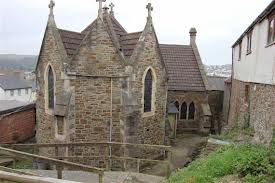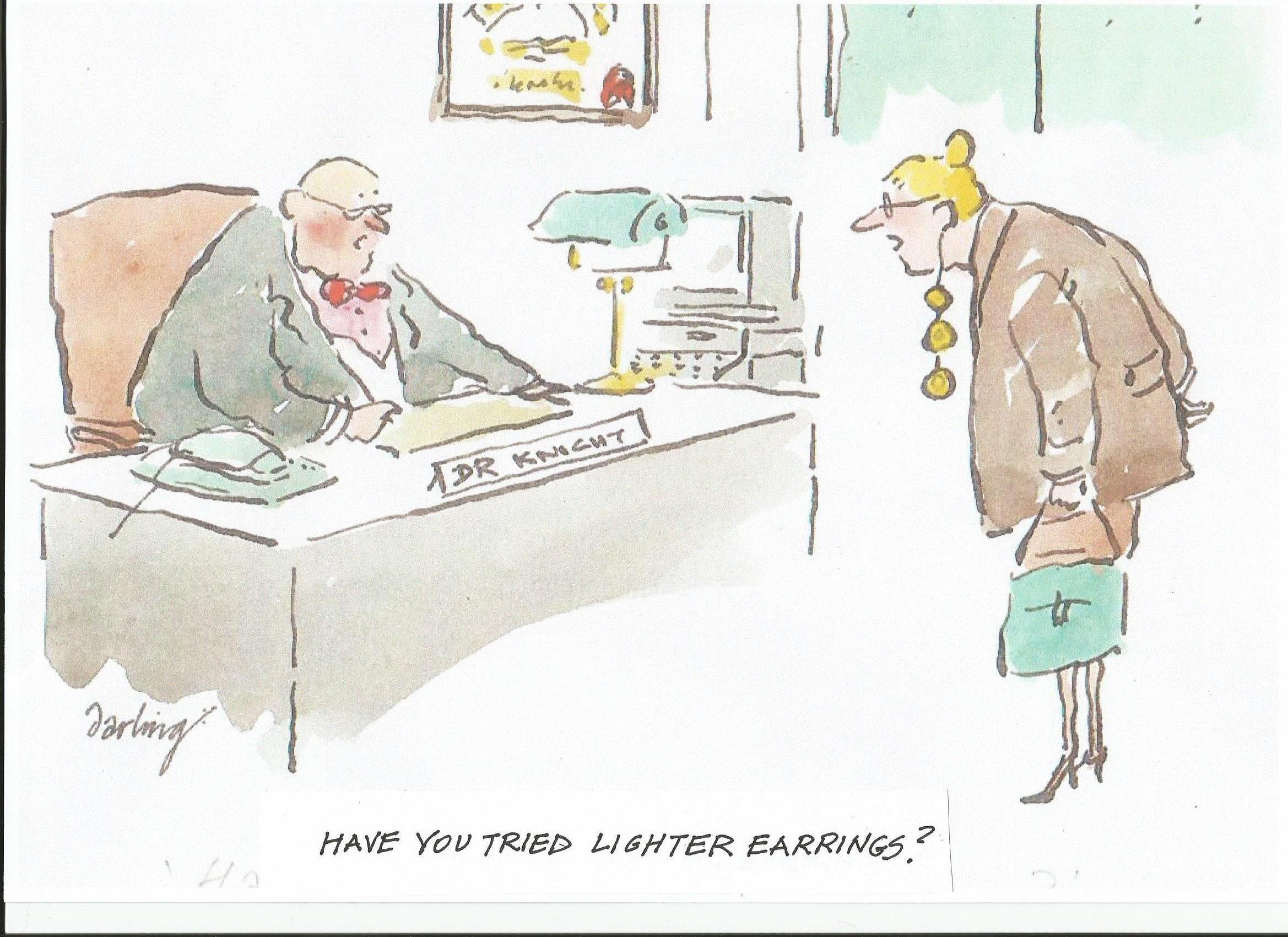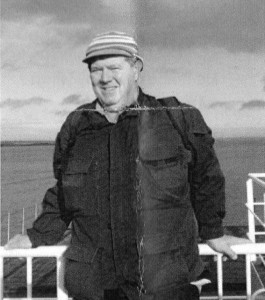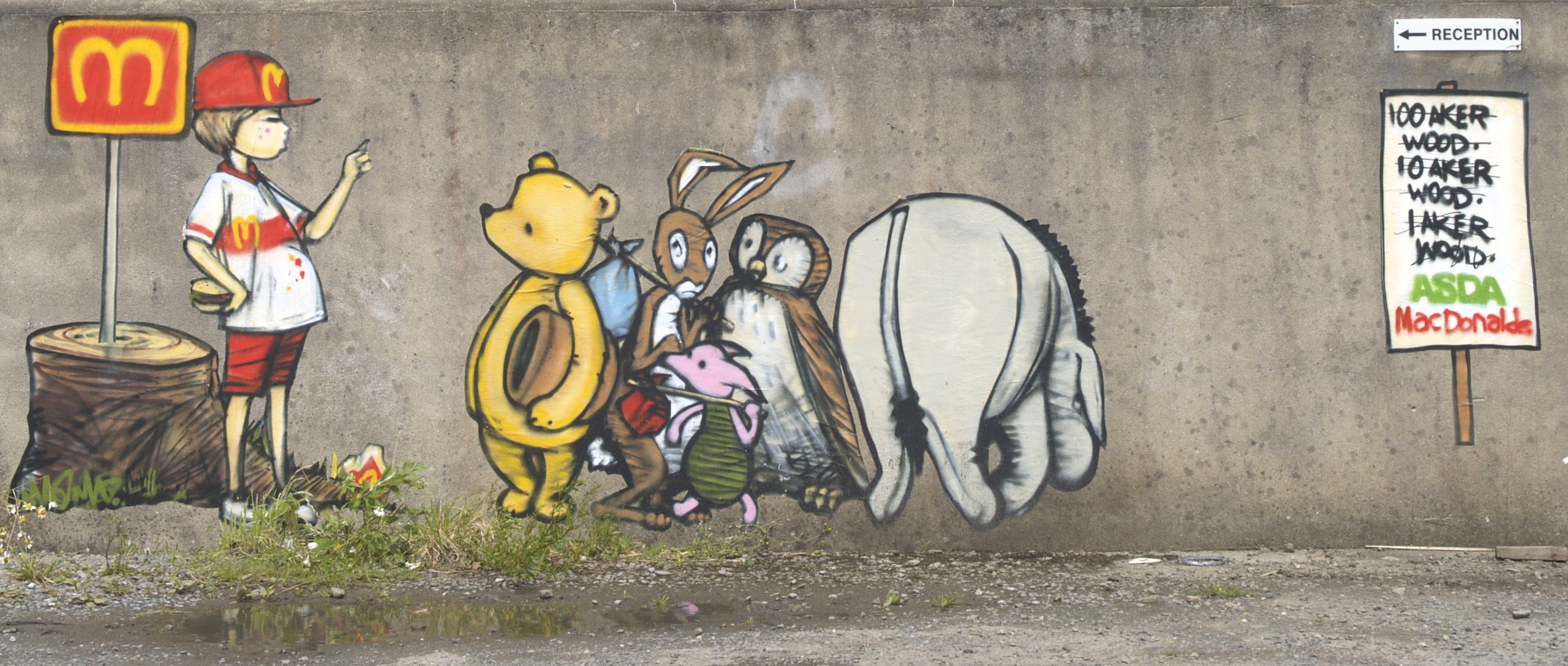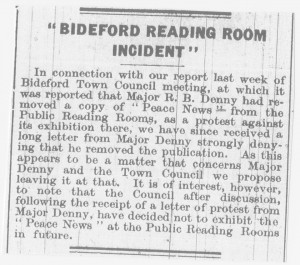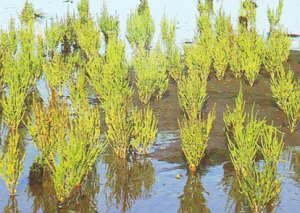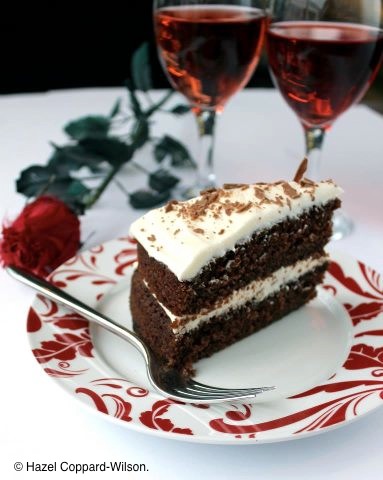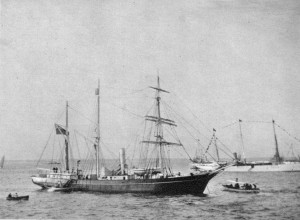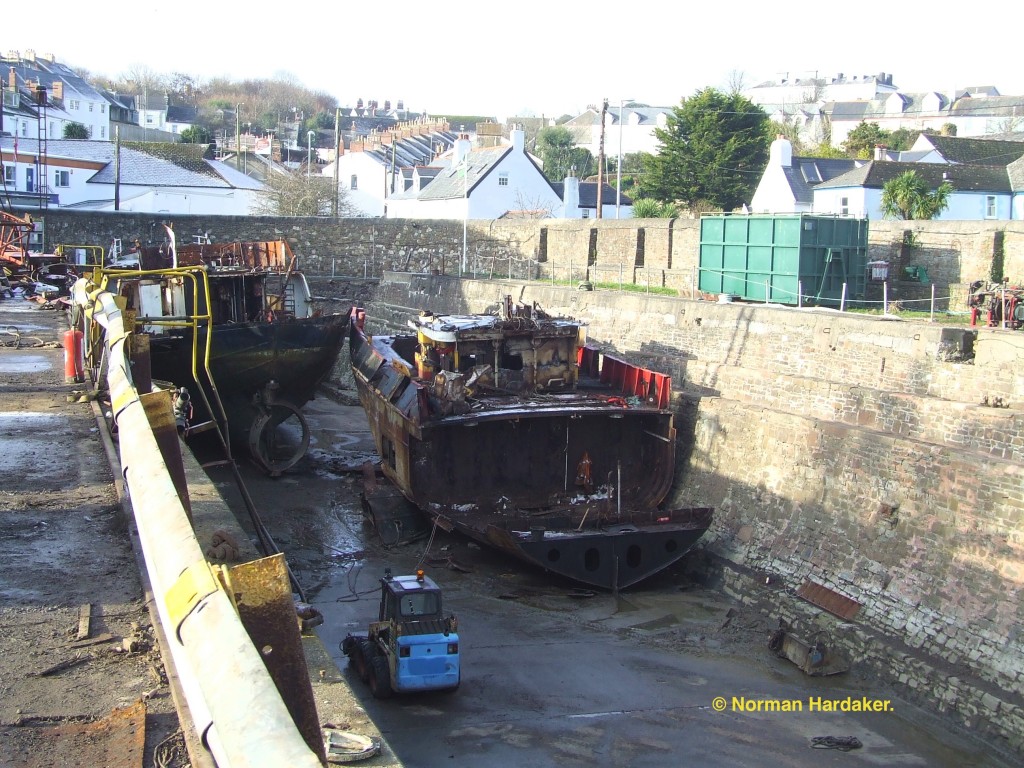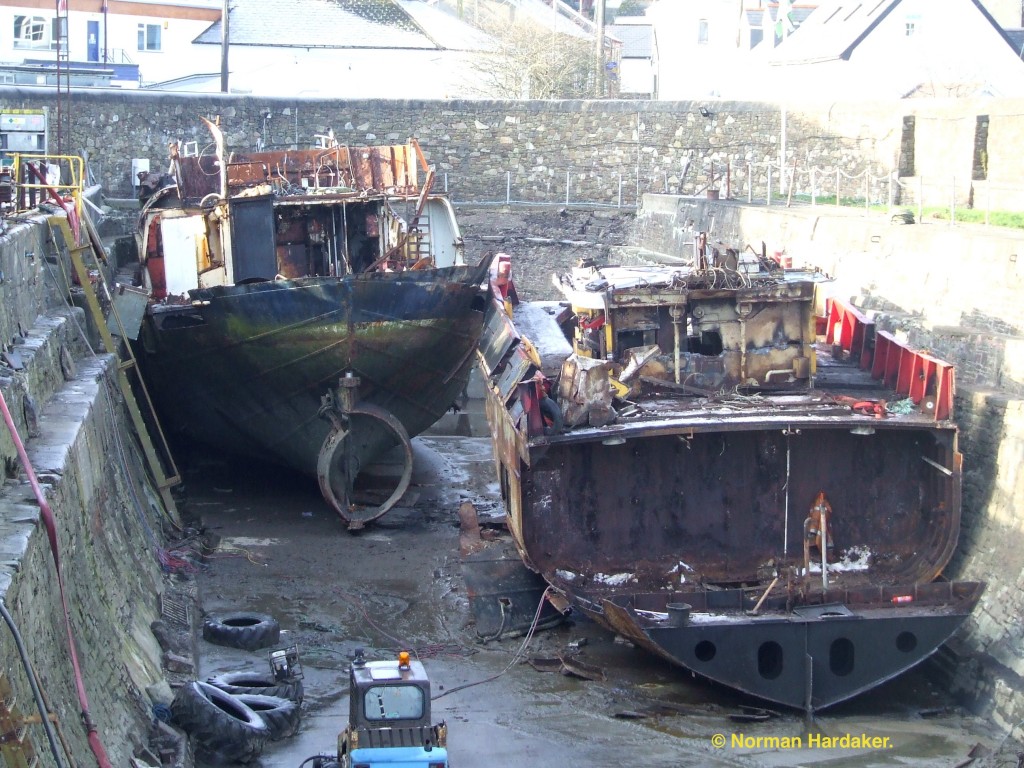Here’s the original list, serialised in “Buzz” over the last few months. Thank you to everyone who responded with their own memories and additions.
Listed below are some of the businesses that Bideford has lost over the last 50/60 years –
A.F.Beer & son ,Builder
Bawden, Butcher, Mill Street
Braund, Shoeshop, Mill Street
Boyles, Outfitters High St
Bennet, Ironmonger Market Place
W Beer Builder, East the Water
Beers grocers, Market Place
Beers Grocers ,East the Water.
Bideford Wines, Old Town
Boyles Cycle Shop, Allhalland St
Briggs Shoeshop, High Street
Brights Antiques, Bridgleand Street
Burtons Stores, Grocer, High Street
Bus Office, Quay
Blackmores Shipyard,New Road.
Blackmores Depository, Quay
Bideford Shipyard, Bank End
Bus Garage, Bank End
Bagelows Hat shop, High St.
Bideford Radio Service, Bridgeland St
Baters Furniture, Mill St.
Bartletts Builders Merchant (Now Jewsons)
Braunds Florist, Handy Cross
Bridge Street Chapel
Bromleys Cafe, High St
Brian French Chiropodist & Baby shop
Burrows Electrical, Bridge St
Basil A’Court, Mill St Jeweller.
Bideford Building Society, Grenville St.
Bideford Gazette, Grenville St
Bideford Dairies, Kingsley Road
Bartletts Record Shop, Bridgeland St.
Brights Gift shop, Jubilee Square
Bristol & West Building Society, Quay
Chubb’s Wool shop
Charlie Broughs, Outfitter Market Place
Convent, Strand
Cordings Outfitters, Grenville St
Couches Tobacconist, Mill Street
Currys, High St
Cecilles, Bridgeland St
Cox,Builders,Pill.
Cycle shop North Road
Chopes, High St (Closing in January 2011)
Cattle Market, Meddon St and Bank End
Daymans, Hairdresser, High Street
Dawes Grocer, High Street
Denis Dymond, Market place
Devon Creameries, Mill Street
Devon Trading, East the Water
Derrigans, Butcher Mill St.
Daddy Yeos, North Road
Encore Electrical, Mill St
Eastmans Butcher, Mill St
Freeman Hardy & Willis, Shoe shop, High St.
Fogaty Newsagent ,Mill St
Ford & Lock, Supermarket, Mill St.
Florist, Mill St. (opp Gales)
Fraynes Stores, High Street
Friendship (then Mitchells) Bakery and Restaurant, Market Place
Elliotts Garage, Kingsley Road
Frisby Shoes, Mill St
Gents (& Ladies Toilets), Pill
Gazette Office, Grenville St.
Gas Showroom,Quay
GasWorks, East the Water
Glover, Furnisher, Market Place
Giddy, Butcher, Old Town
Grenville College, Abbotsham Rd
Gales Sports & Toys, Mill St.
Gubb, Baker, Meddon Street
Hepworths. High St.
Heath, Ironmonger, Market Place
Hold, Tobacconist, Mill Street
Holman and Ham, Chemist, Quay
Hopcraft, Hairdresser, Mill Street
Home & Colonial, Grocer, High St
Hold, Butcher, High Street
Heywood & Cock, Genville St.
Heards Garage Showroom, Quay
Heards Garage Service Bay, Cooper St
Hardings, Blacksmith, North Road
Hope Hearson, Fancy Goods, Mill St.
Hutchings Electrical, Pill
Hair Modes of Mayfair, Bridgeland St.
Hopkins Garage, Meddon St.
Insley, Photographer, High Street
International Stores, Mill Street, (now Co-op)
Isgard, Cobbler, Meddon St.
Jon Brown, Furniture & DIY, Market Place
Jenny Forbes Cafe, Quay
Johns Printers, Lower Gunstone
Johns, Saddler, Buttgarden Street
Johnstone’s, Chemist, Mill Street
Kingsbury Fisheries, Mill St.
Kingsley Decorators, Bridgeland Street
Kingsbury (Bert), Honestone Street
Knighton Delve, Motorcycles, Bridgeland St
Kingsley Hotel, Quay
Lang’s, Upholsterers, Grenville Street
Lets Go Travel, Mill St
Littlejohns, Photographer, Mill St.
Leno’s Fish and Chips, Old Town
Laundons, High St
London Central Meat, Mill Street
Luxton, Tobacconist, High Street
Marshall Verren, Grocer, Mill
Mace shop Old Town – Now Complete Computing
MacFisheries, High Street
Mackenzie Dye, Bookseller, Mill Street
Madges Garage, Clovelly Road
Market Inn, Honestone Street
Margarets Ladies clothes, Mill St
Ministry of Pensions & National Insurance. Quay
Michells Paint Shop. Meddon Street
Magistrates Court
Merediths, Ironmongers, High St
Mounce, Ladies Fashions, High Street
New Inn, Market Place
New Street demolished
Nicklins, Records, Mill St
Neville Pullen Chemist, Mill St
New Street, Demolished
Number 5, Ladies Fashions Bridgeland St
Northcott, Jeweller, Meddon Street
North Devon Farmers, New Rd
New Road Garage
Orange Tea Rooms, Quay
Palace Cinema, Bridgeland St.
Polypress Printer North Road
Pridham, Saddler. Grenville Street
Princes, Outfitter, Mill Street
Providence Row Demolished
Pullars of Perth, Dry Cleaners, Quay.
Puddicombe, Toy Shop, High St
Post Office, (when in High St)
Perkins. Florist. Quay
Pickfords Quay.
Radclift, Grocer, Chingswell Street
Red Line Shoe Shop,Grenville St.
Red House Cafe, Quay
Ron Lake, Motorcycle, North Road
Railway (station and Goods yard, and eventually whole railway)
Raleigh Garage, Kingsley Road
Ridge, Wine Merchants, High Street,(later R H Salmon,Applegates, Westminster Wine, Peter Dominic, and Finally Thresshers (in Mill Street)
Royal Mail Pub, (now Tavern in the Port,& since closed)
Ring ‘O’ Bells Pub,Honestone Street
Rose Birds Glass and China, Mill St
Red House Antiques, Bridgeland St,
Rendles Paint shop
Seage, Butcher, High Street
Strand Cinema
Stephens & Brain, Ironmongers, High St
Sanguins Shoes, High St.
SWEB Showroom, High St.
Swan Inn, Mill St.
Scotts Model Bakery, Quay
Schillers Fish and Chips, Lower Gunstone and New St (demolished)
Sudburys Gloves. Silver St.
Talbot Inn, High Street (recently)
Taylors China Shop, High Street
Taylor (Miss) Ladies Clothing, Meddon Street
Taylor, Hairdresser, Clovelly Road
Taylor’s Boot Repairers, Old Town
Truscotts Newsagents, Quay
Truscotts Jewellers, High St
Torridge Inn, Meddon St
Trapnells, Haberdashers, High St.
Tradesmans Inn, Cooper St.
Trumps, Florist, Mill St
Turner Chemist, Mill St
Webbs, Furnishers, Mill St.
Woolworths. High St.
Wickhams Wine, High St.
West Bank, Girls college, Belvoir
Wynne Olleys, Hair Dresser, Quay
Wine Bar, Bridgeland St – next to Lavington Church
Walters Newsagents, Mill St
Warmingtons Garage, Bridgeland Street
Whitefield, Grocer, Grenville Street
Worlds Stores, Market Place
NEW TO BIDEFORD : –
Morrisons, Supermarket
Tesco. Supermarket
Asda, Supermarket
Co-op supermarket, formerly Somerfield, formerly International
Atlantic Shopping Mall
Texaco Filling Station, formerly Elliotts.
Burton Art Gallery
Kays, Ladies Fashions, Mill St
Factory Shop, formerly Woolworths
Farm & Country Cottages, Quay
Crabby Dicks, Pub in Cooper St
New Toilets in Park
Car Sales, formerly Bideford Dairies
Spar, formerly Heards Garage Showroom
The premises listed above are most of the places that I can remember being in our town from approximately the 1950s and 1960s which have since disappeared. Other shops have opened in their places in some instances, but a lot have come and gone, and I have not included them as they made no lasting impression.
I hope that this will prompt memories of older Bidefordians, and perhaps they’ll be able to add to this list.
Mike Hudson, Westleigh.
